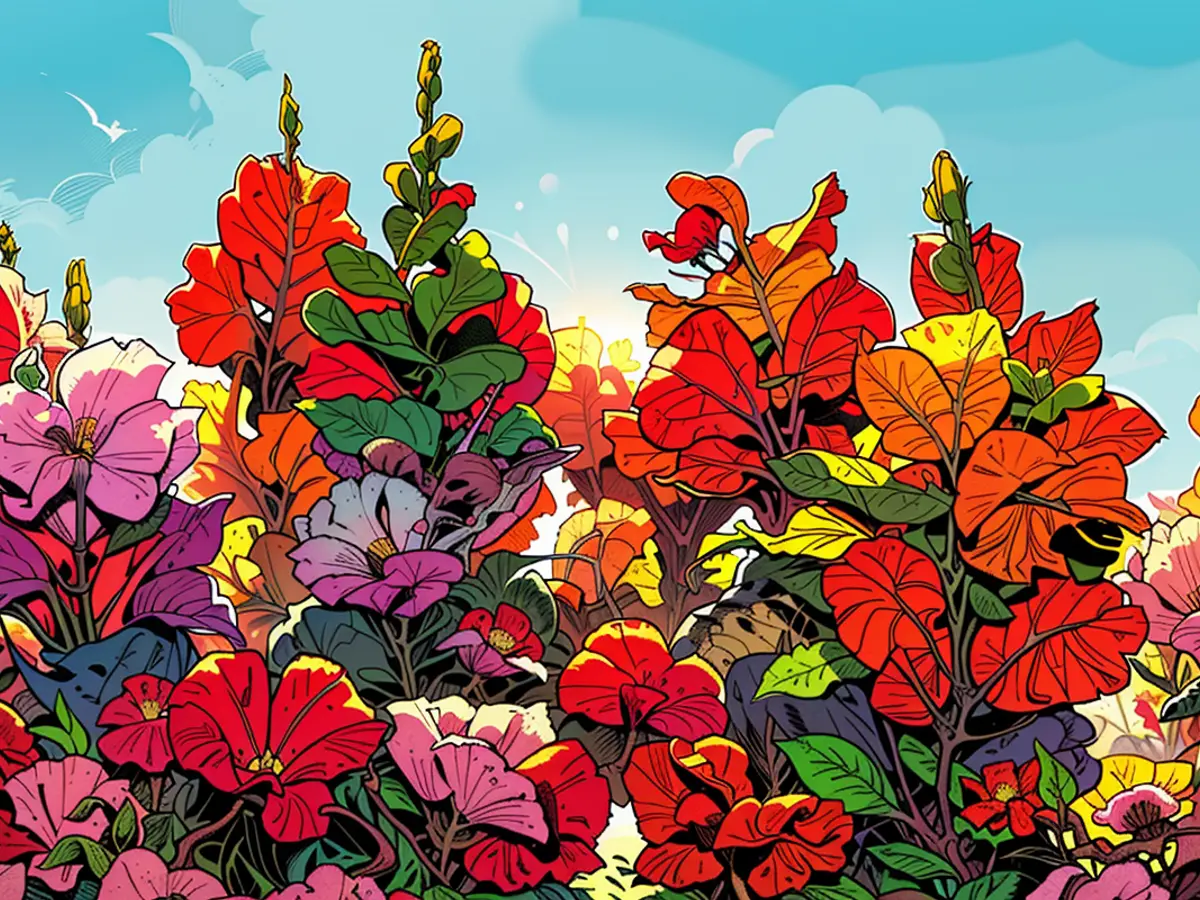11 Annual Blooms That Can Reseed Themselves
By definition, perennial flowers come back on their own, year after year. Annual flowers usually don’t, and last only for a season. Except some annual flowers can, under the right conditions, reseed themselves each year. That doesn’t make them perennials—these blooms are less reliable, and because they’re reseeding instead of re-sprouting like perennials, they may (and are likely) to appear in a completely different area than the original plant. Despite their desire to rally against a garden’s formality, self-sowing annuals can go a long way to bulking up the flowers in your garden and help you create the sort of hands-off flower beds that perennials promise.
Which flowers will self-sow is highly dependent on your planting zone and planting conditions. For example, petunias are known self-sowers in some areas, but I’ve had much luck with them, regardless of the zone I’ve been in. The same goes for cosmos, which theoretically should self-sow in the zone I live in now (and I certainly plant them as annuals prolifically).
All that to saw that while I can make any promises, these 11 plants are prone to becoming self sowing.
Sweet alyssum
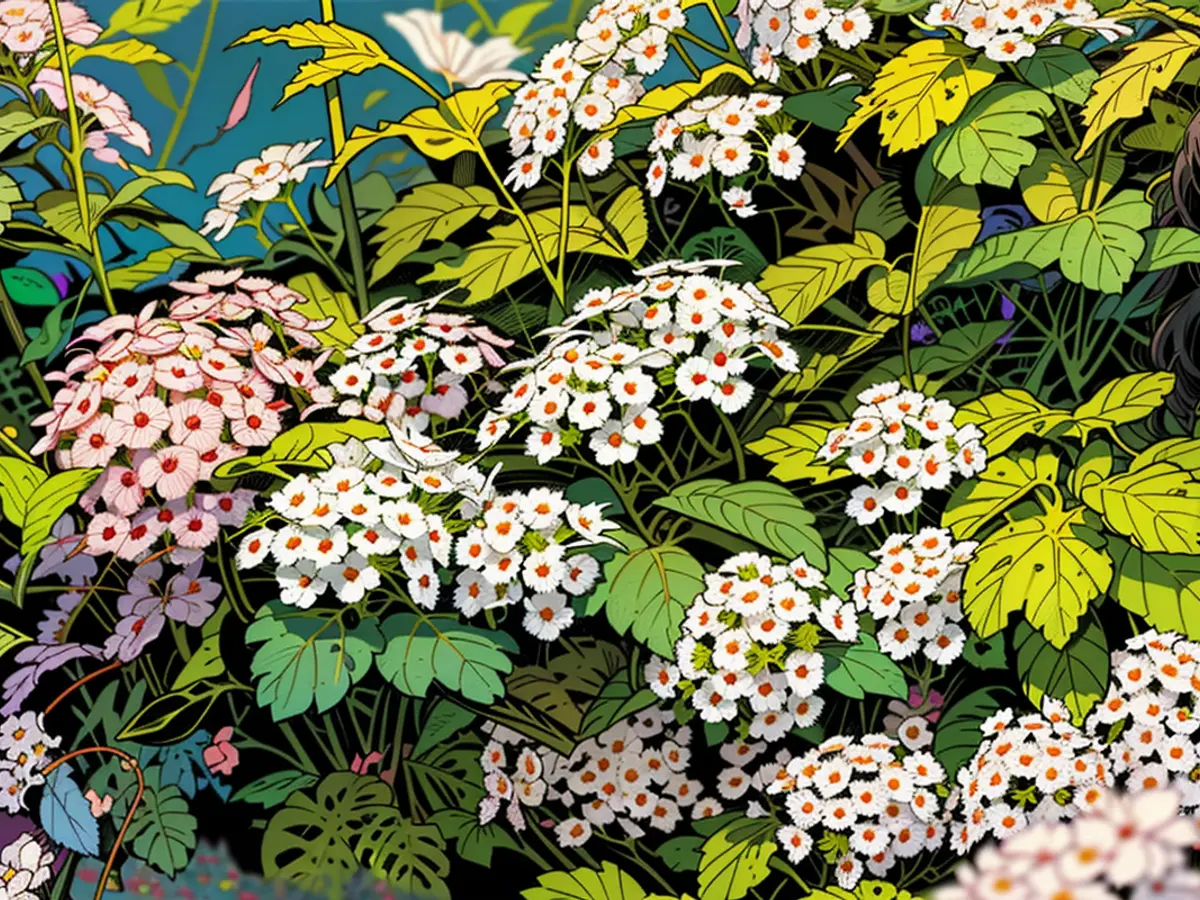
Credit: Endless luck / Shutterstock.com
Sweet alyssum is one of those flowers you should plant throughout your garden (along with marigolds and nasturtiums), as they are a helper plant: Alyssum attracts parasitic wasps, hover flies, and ladybugs, which are your basic beneficial garden insects, and looks spectacular falling over the edges of your garden beds. While lavender, pink, and blue alyssum have become available in recent years, only white alyssum has been successful in reseeding for me, forming gigantic puffballs that line my garden.
Amaranth

Credit: Svetliy / Shutterstock.com
If you plant amaranth once, it lives in your garden forever. Even if you don’t, birds will drop seeds into your yard, and it’s likely that what you’ve perceived as a weed may, in fact, be amaranth. It's a gorgeous, dramatic flower that drapes in bouquets, and if you’re willing to stay on top of it, it’s a worthwhile addition, but be careful it doesn't take over.
Asters
There are many kinds of asters, and there may even be native asters to your area. They range from small to large flowers with petals that extend like sun rays. They tend to appear late in the summer season and can hold on through the fall. The main concern with them is their ability to spread prolifically—each year, I begrudgingly surrender a larger and larger portion of my front yard to the Douglas asters that are spreading across it.
Bachelor's buttons
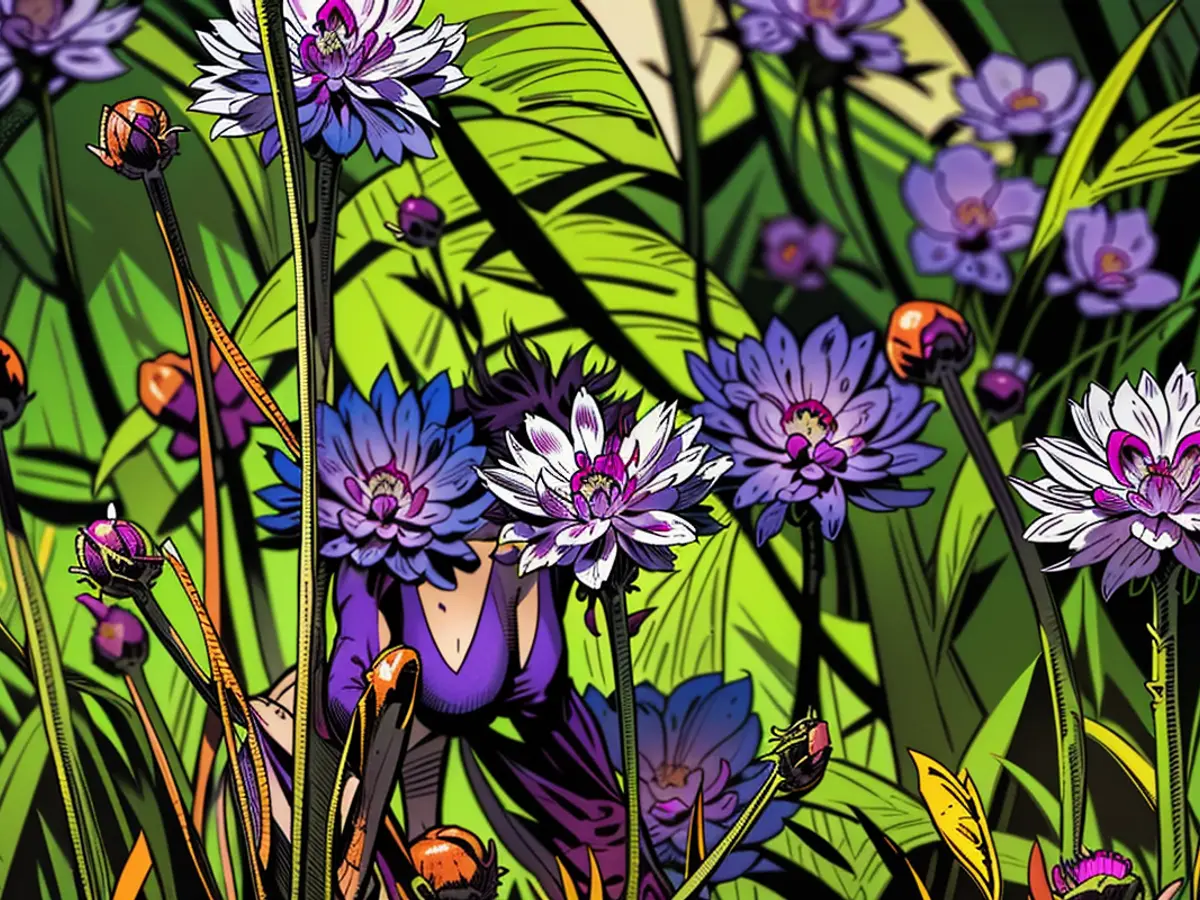
Credit: Brookgardener / Shutterstock.com
For a self-seeding pop of blue in your garden, bachelor’s buttons are a good addition. A thistle, the flowers are spiky and have a neat little feature: they contain a compound that will temporarily cause your tongue to go numb if you chew one (they are harmless otherwise). I am always delighted to dare visitors to my garden to try it.
Calendula
Nevermind that calendula can be harvested and used in calms, lotions, and oils. In the garden, this orange and yellow, daisy-ish flower repels tomato hornworms and attracts beneficial insects. Calendula is one of the few flowers from this class (that includes daisies, echinacea and zinnias, all which have a classic “flower” shape) that will self seed.
California poppies
Most poppies are self seeders, though in my experience, your yield of seed to plant is absurdly low—I’ve yielded a few poppy plants in five years after tossing what feels like millions of seeds in my yard. But California poppies are special—they self-sow and spread and are so distinct that people flock to “superblooms” of them from all over the world. Regular poppies tend to be tall, up to four or five feet, but the bright orange California poppy tops out a foot or so about the soil line.
Cleome
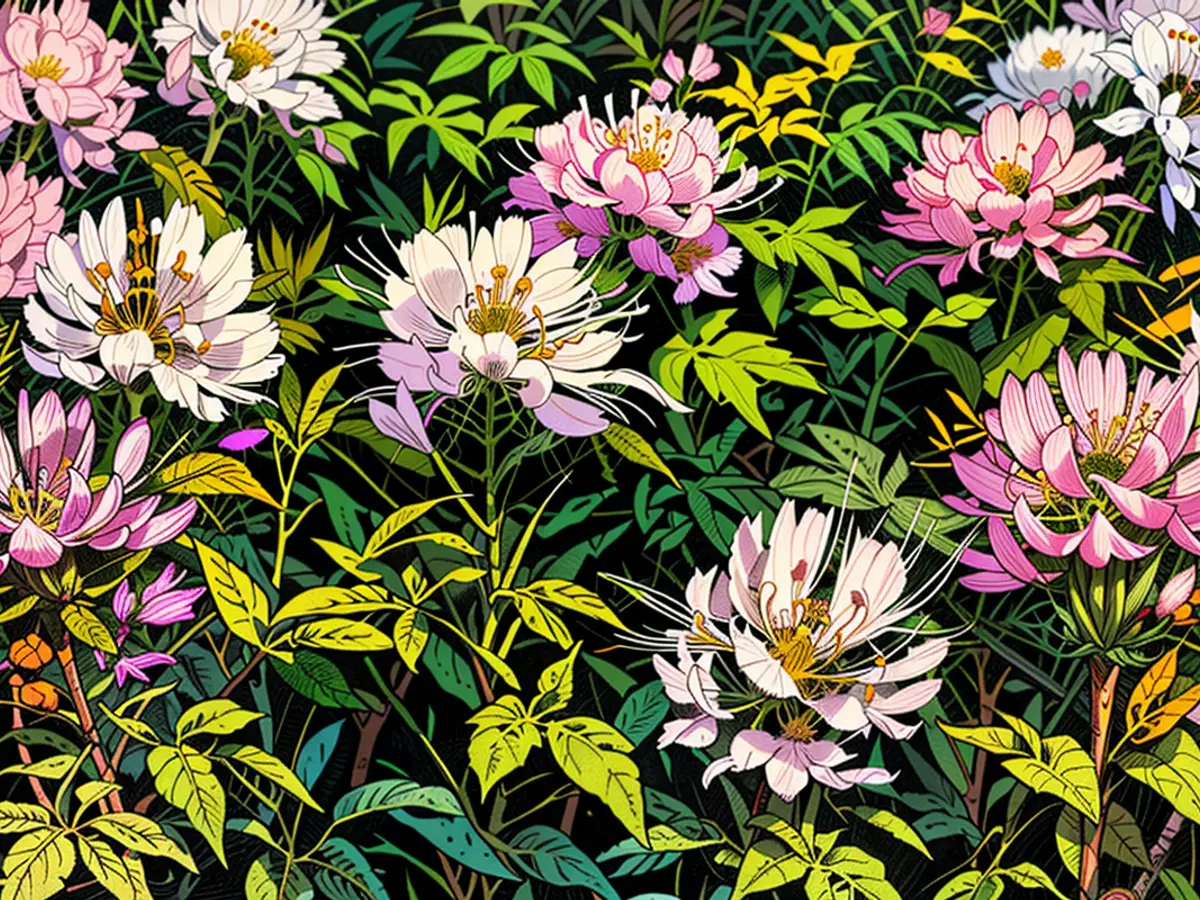
Credit: Thongseedary / Shutterstock.com
Cleome was such a delight to discover on a lark a few years ago. A delightful fountain of flowers, it is a hummingbird magnet. Called “spider flowers,” their stem grows tall, and at the top, a firework of flowers blooms, usually in pinks and purples. Cleome can get a little floppy, so when you see it pop up, be sure to support it.
Dianthus
Dianthus is not exactly stunner on its own. This low lying flower spreads almost as a ground cover. But what can turn dianthus into a showstopper is planting multiple colors of of it in blankets of color, creating a woven effect. It’s also worth noting that while you usually use dianthus color, a number of varieties have really striking details on the bloom face itself.
Nigella

Credit: billysfam / Shutterstock.com
Nigella, also called Love in a Mist, has a lovely antique look, with dusty colors and gentle petals, and easily self sows for me. But the best reason to grow it is its dried seed pods, little architectural wonders that are stunning in bouquets.
Snapdragons
Snapdragons are one of the most welcome sights in my garden each summer, and in good years, they come back all on their own. If you are consistent about cutting blooms, you’ll get sturdy, bushy versions topped with consistent "cut and come again" spikes of flowers (like the ones in the photo at the top of this article). There are varieties that top out at almost four feet, and snaps have the ability to really fill in a space.
Sweet peas
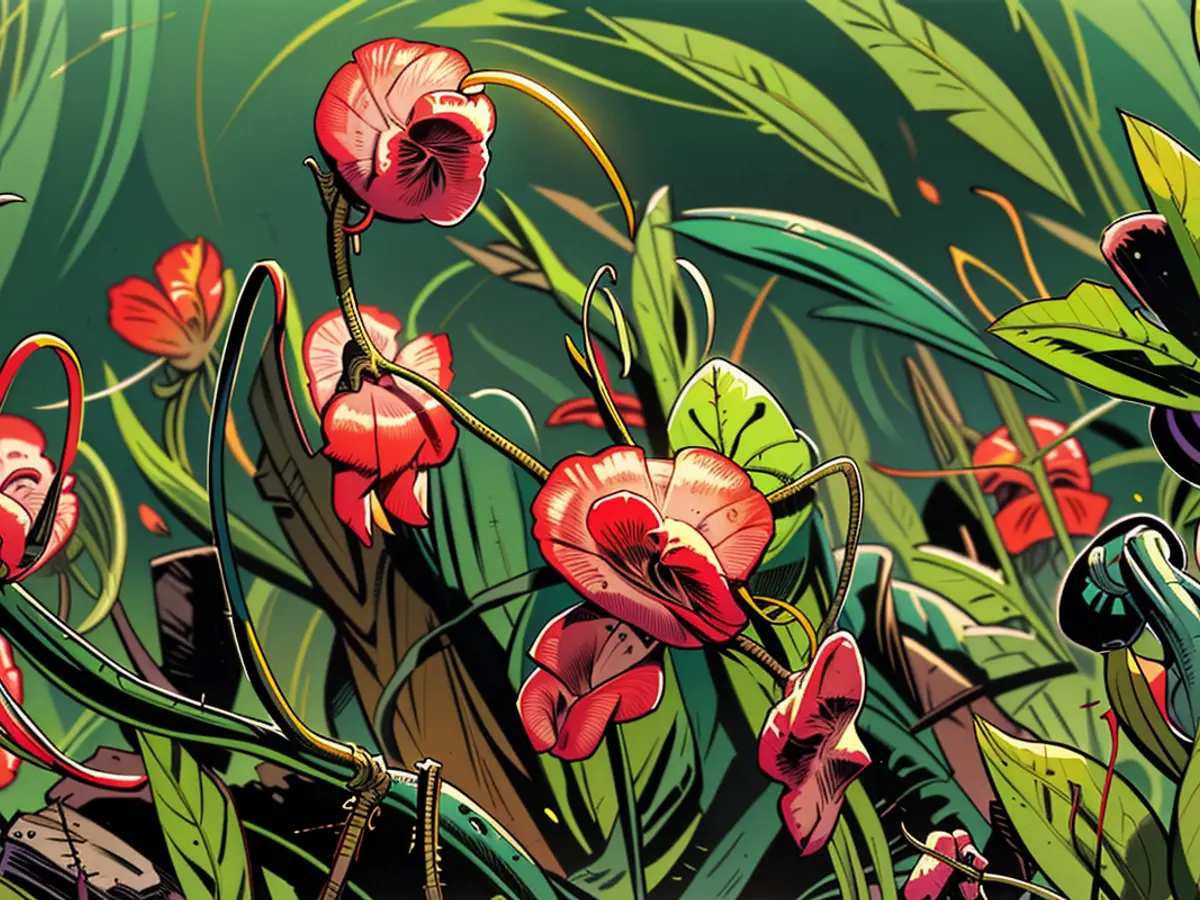
Credit: SHARKY PHOTOGRAPHY / Shutterstock.com
I remember reading about sweet peas in Martha Stewart's magazine as a kid, but I lived far out of their growth zone, and had to settle for dreaming of planting them some day. Now, they are the first flowers I plant each spring. Though the flowers and seeds are highly toxic to people and pets, if you ask me the smell of sweet peas is more fragrant than any other flower. They can grow to six or seven feet on a vine, with colors across the spectrum. The flowers are delicate, but make a perfect fleeting bouquet for a day or two. You’ll want to deadhead them often, but at the end of the season, allow the seed pods to form and drop into the soil so they'll return the next year.
The sweet alyssum you plant in your garden, particularly the white variant, has a tendency to self-sow, forming large puffballs that cover your garden.
Despite its potential to become invasive, amaranth is a self-sower that can live in your garden forever, even if you don't plant it intentionally.
